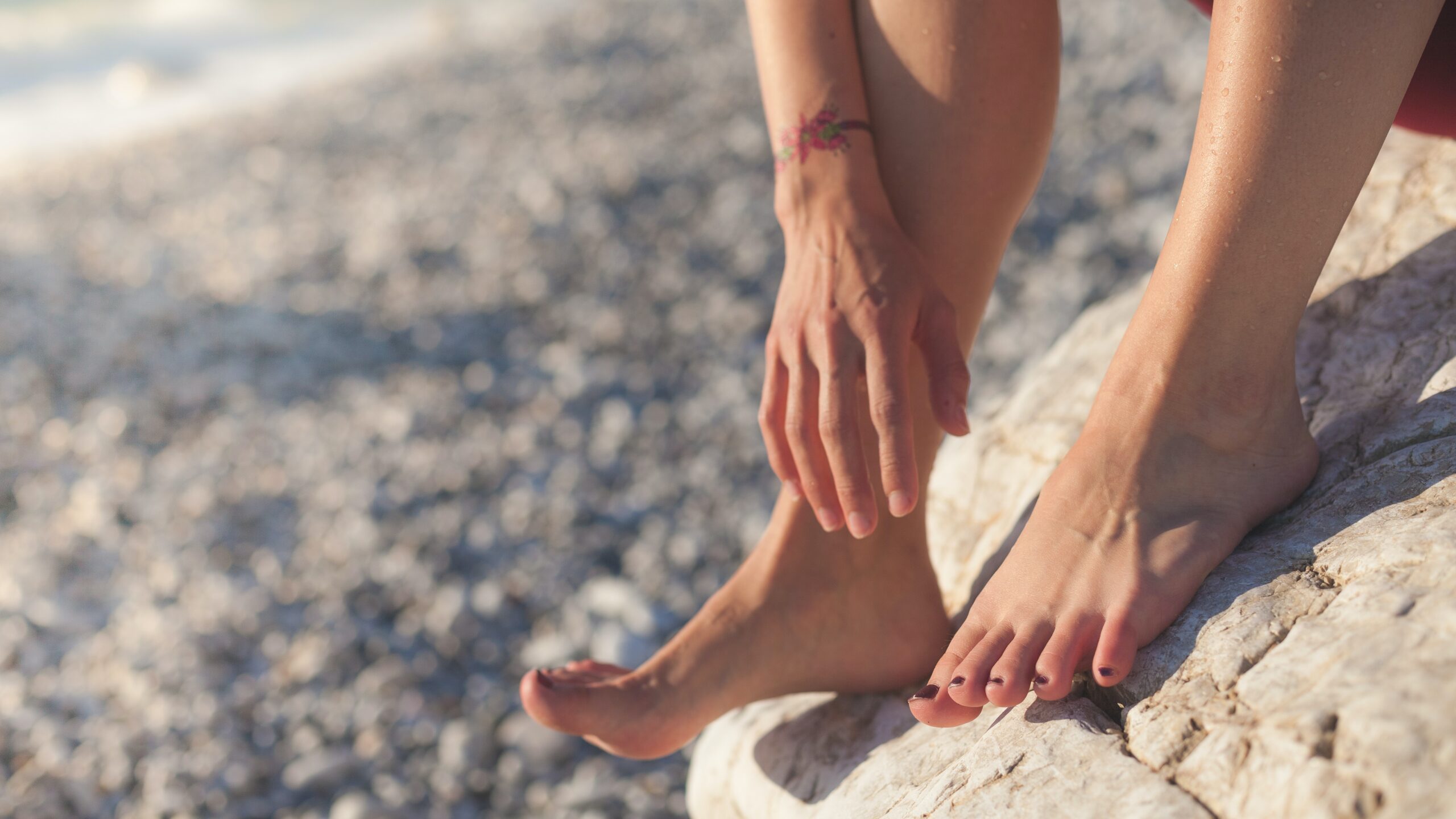If you see swollen or bulging veins down your legs, they’re usually not a cause for alarm. Although there can be some dangerous complications resulting from this condition, they’re rare and only occur in a tiny percentage of patients with varicose veins. Varicose veins appear as dark, sometimes red or blue, veins visible from under the skin. They usually appear around the legs or lower legs, but they can also develop in other areas of the body. Complications may be rare, but you need to look out for their symptoms to treat varicose veins and prevent them from reoccurring.
If you or someone you care for happens to struggle with this common condition, make sure you read this article to learn about its prevention, symptoms, and treatment methods.
Table of Contents
What Are Varicose Veins?
Varicose veins are twisted, and swollen veins bulging through your skin and feel like bumps when you run your fingers over them. As mentioned above, they appear in a purplish-blue color, sometimes red, which makes them visible on the leg or area where they occur. Hemorrhoids, for example, are a type of varicose veins that happen as a result of increased blood pressure in the veins around this area. What happens is the valves inside your leg veins become weakened over time which causes the blood to pool inside the weakened veins causing them to stretch, become swollen, and darker in color. This probably happens more often in the legs due to the nature of the blood veins in this area trying to flow blood in a direction that is against gravity.
Varicose Veins Symptoms
Varicose veins lead to many minor symptoms besides their outward appearance. These symptoms include a burning sensation or itching around the vein, aching in the area or throbbing in the vein, fatigue, leg heaviness, irritated or dry skin, pain during standing or sitting, and muscle cramping. These symptoms may not be a cause of concern, but you should contact your doctor if you feel like there is no relief from the pain or discomfort. You should also seek medical help if you notice bleeding in the veins, persistent swelling or pain, painful veins that feel hot to touch, and ulcers, darker patches of skin, or sores.
Health Risks
Although the health complications of varicose veins are infrequent and most patients won’t develop any health risks, it’s essential to identify the potential risks that can happen due to this condition. These risks include bleeding close to the skin, thrombophlebitis or blood clots, and skin ulcers. Consult your Phlebologist if you notice any of these risks to prevent further complications. In very rare chances, varicose veins can lead to pulmonary embolism, which is when a blood clot travels to your lungs, causing severe respiratory system problems. Varicose veins may even lead to Deep Vein Thrombosis in some patients. DVT is when blood clots are developed in areas with deep veins, for example, the lower leg or the thigh.
Treatment
Treatment is only necessary when the symptoms of varicose veins worsen and start interfering with your life. It’s also essential to prevent further complications. So, the first thing you need to seek is compression stockings that improve leg muscles and veins functions and help relieve the discomfort. If you experience varicose veins during pregnancy, rest assured that it will improve on its own after labor. However, for severe cases, a phlebologist may recommend anything from a laser treatment, sclerotherapy injecting the veins with a shrinking substance, ambulatory phlebectomy, and catheter-assisted radiofrequency. You may also be advised to undergo an endoscopic vein surgery if you develop leg ulcers that won’t go away.
Prevention
Exercise is an excellent way to improve your body’s circulation and prevent your veins from developing blood clots. Maintain an active schedule where you move around frequently and go to the gym a few times a week. You should also stay away from lifting heavy things that put too much pressure on your bulging veins. Watch your salt consumption as salt causes fluid retention and may raise your blood pressure. When picking your outfits, look away from tight-fitting clothing and elevated shoes such as high heels. These clothes may look attractive to you, but they add pressure to your veins and cause blood to pool around your weak veins.

You should not worry about varicose veins; it’s only health-threatening in very rare cases. If you struggle with swollen or painful pains around your leg and thigh area, make sure you check all your symptoms before calling a doctor so that they can help you avoid future complications. Varicose veins are sometimes painful and uncomfortable to look at, but they’re usually not a cause for concern, and you can easily prevent their appearance using the mentioned prevention tips.
Featured Photo by Jan Romero on Unsplash




